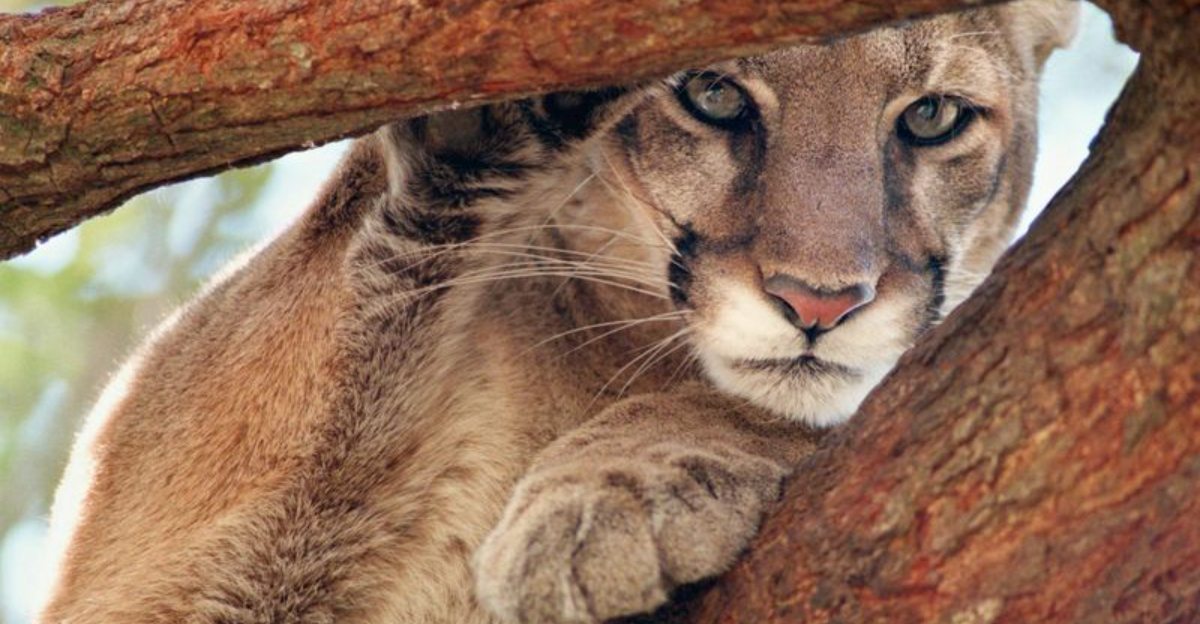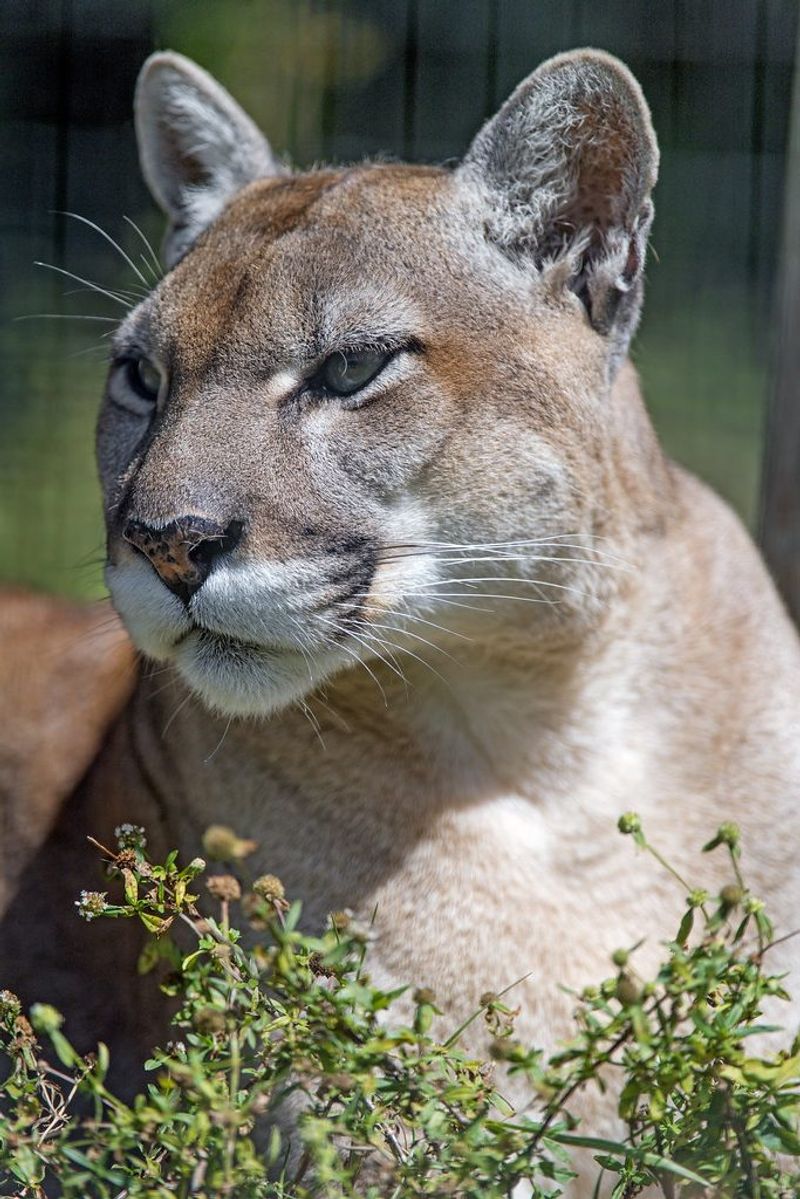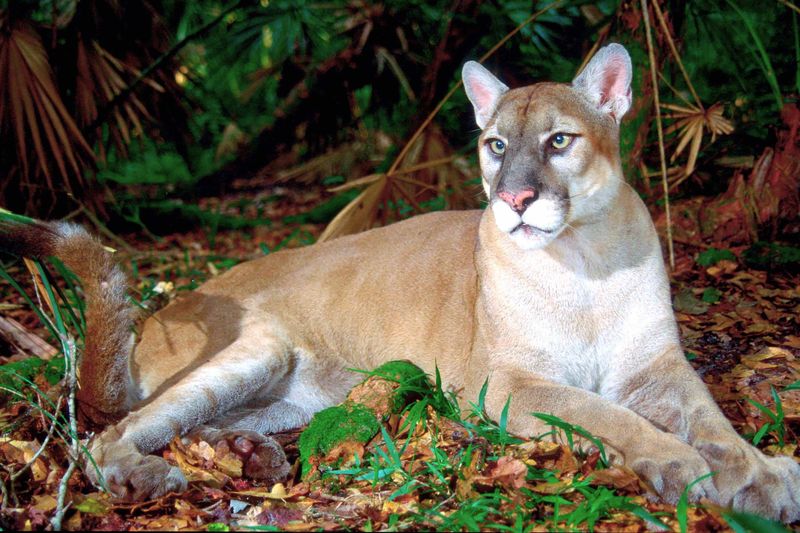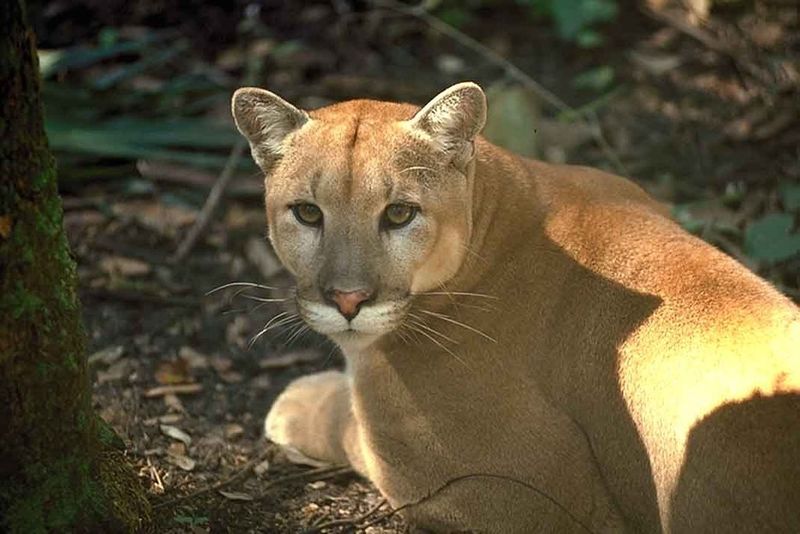📖 Table of Content:
Hidden within the dense swamps of Florida, a rare and elusive creature roams: the Florida panther. These big cats, masters of stealth, navigate the cypress forests and marshes, rarely seen by human eyes. Their presence in the wild is a testament to their resilience and the challenges they face in an ever-shrinking habitat.
Once on the brink of extinction, Florida panthers now find themselves in a fight for survival. Efforts from scientists and conservationists have been critical in helping stabilize their population. However, their fight is far from over, as their environment continues to dwindle due to development and other environmental pressures.
The survival of the Florida panther relies heavily on ongoing conservation initiatives and a commitment to protecting their natural habitat. As human encroachment threatens their territory, these big cats are more vulnerable than ever. Still, dedicated efforts continue to ensure that Florida’s swamps remain a sanctuary for these magnificent creatures.
1. A Critically Endangered Species
Florida panthers teeter on extinction’s edge with only 120-230 adults remaining in the wild. Their population crashed to just 20-30 cats in the 1970s, prompting emergency conservation efforts that continue today.
Human development sliced their territory into fragments, forcing these solitary hunters into increasingly smaller spaces. Road collisions remain their leading cause of death as highways cut through their hunting grounds.
Despite these challenges, their numbers have slowly increased since the 1990s. Each surviving panther represents a conservation victory and hope for this subspecies that once roamed throughout the southeastern United States.
2. Masters of Stealth and Solitude
Solitude defines the Florida panther’s existence. These cats patrol territories spanning up to 200 square miles for males and 75 square miles for females, rarely encountering each other except during mating season.
Dawn and dusk bring these cats to life. Their tan coats blend perfectly with the golden sawgrass and dappled shadows of their swampy domain, making them nearly invisible to prey and humans alike.
Unlike their mountain lion cousins elsewhere, Florida panthers have adapted to the humid lowlands. They move silently through water, mud, and dense vegetation with remarkable agility, hunting deer, wild hogs, and smaller mammals with deadly precision.
3. Unique Physical Characteristics
With their signature kinked tail and cowlick of fur along their backs, Florida panthers stand out among cougar subspecies. These distinct traits help researchers identify and monitor these rare and elusive cats.
Males typically weigh between 100-160 pounds and stand about 2 feet tall at the shoulder, while females are notably smaller. Their powerful build enables them to take down prey much larger than themselves, including adult deer.
Genetic isolation led to several unusual features, including heart defects and poor sperm quality in males. These issues threatened their survival until wildlife managers introduced female Texas cougars in the 1990s to increase genetic diversity.
4. Remarkable Hunters Adapted to Wetlands
The swampy terrain of Florida is home to panthers whose hunting skills are finely tuned through generations of survival. Unlike most cats, these big cats are comfortable in the water, frequently swimming through marshes and canals to hunt or mark their territory.
Their hunting strategy relies on stealth rather than speed. A panther will stalk its prey for hours, freezing in place when necessary, before launching a powerful ambush from just 15-20 feet away.
White-tailed deer make up about 60-90% of their diet, but these adaptable predators also take wild hogs, raccoons, armadillos, and even alligators when opportunity presents. A single adult panther needs to kill about one deer-sized animal every week to survive.
5. The Panther’s Role in Florida’s Ecosystem
As apex predators, Florida panthers maintain nature’s delicate balance in the Everglades ecosystem. Their presence controls deer and hog populations, preventing overgrazing that would otherwise damage native vegetation and alter habitat structure.
The benefits ripple throughout the food web. By regulating herbivore numbers, panthers indirectly protect plant communities that provide habitat for countless other species, from tiny insects to wading birds.
Scientists call this an ecological cascade effect. When panthers disappeared from parts of Florida, deer populations exploded, vegetation suffered, and the entire ecosystem shifted. Restoring these cats helps heal landscapes damaged by ecological imbalance.
6. Conservation Efforts Saving the Species
Florida’s wildlife agencies track panthers using radio collars and trail cameras, gathering crucial data about their movements and behavior. This information helps identify critical habitat corridors needing protection from development.
Wildlife crossings represent one of the most successful conservation tools. These vegetated overpasses and culverts allow panthers to safely cross busy highways, reducing deadly collisions that claimed 27 panther lives in 2022 alone.
Genetic rescue efforts made history when biologists introduced eight female Texas cougars in the 1990s. This controversial decision saved the subspecies from certain extinction by increasing genetic diversity and eliminating many health problems caused by inbreeding.
7. Living Alongside Florida’s Ghost Cat
Rural Floridians occasionally glimpse these secretive predators crossing roads or appearing briefly on ranch lands. Such rare sightings become treasured memories, often shared through generations of Florida families.
Coexistence requires education and compromise. Ranchers who once shot panthers as livestock threats now receive compensation for verified panther depredations. Many have become conservation allies, protecting habitat on private lands crucial to panther survival.
For most Floridians, knowing panthers still roam the wild places holds symbolic importance. These cats represent wilderness itself – a reminder that even in rapidly developing Florida, some corners remain wild enough to harbor America’s most endangered big cat.







